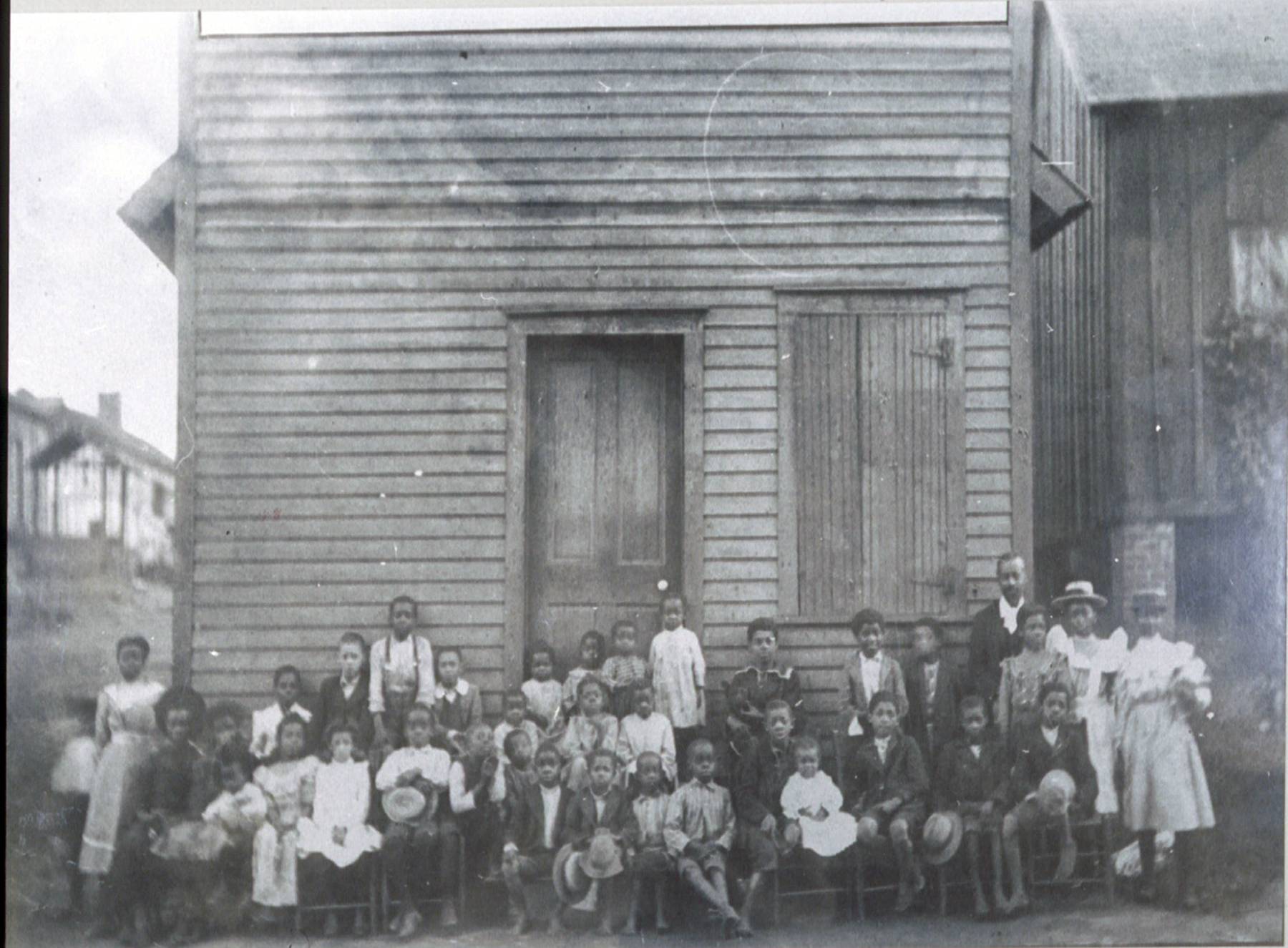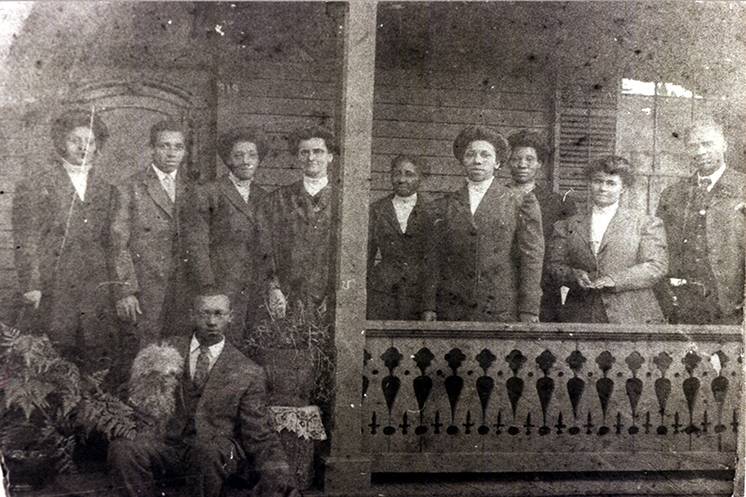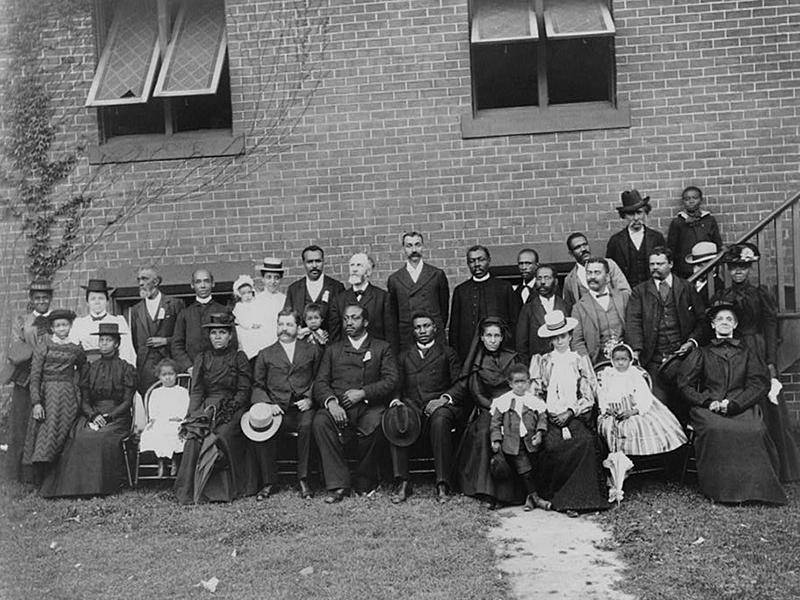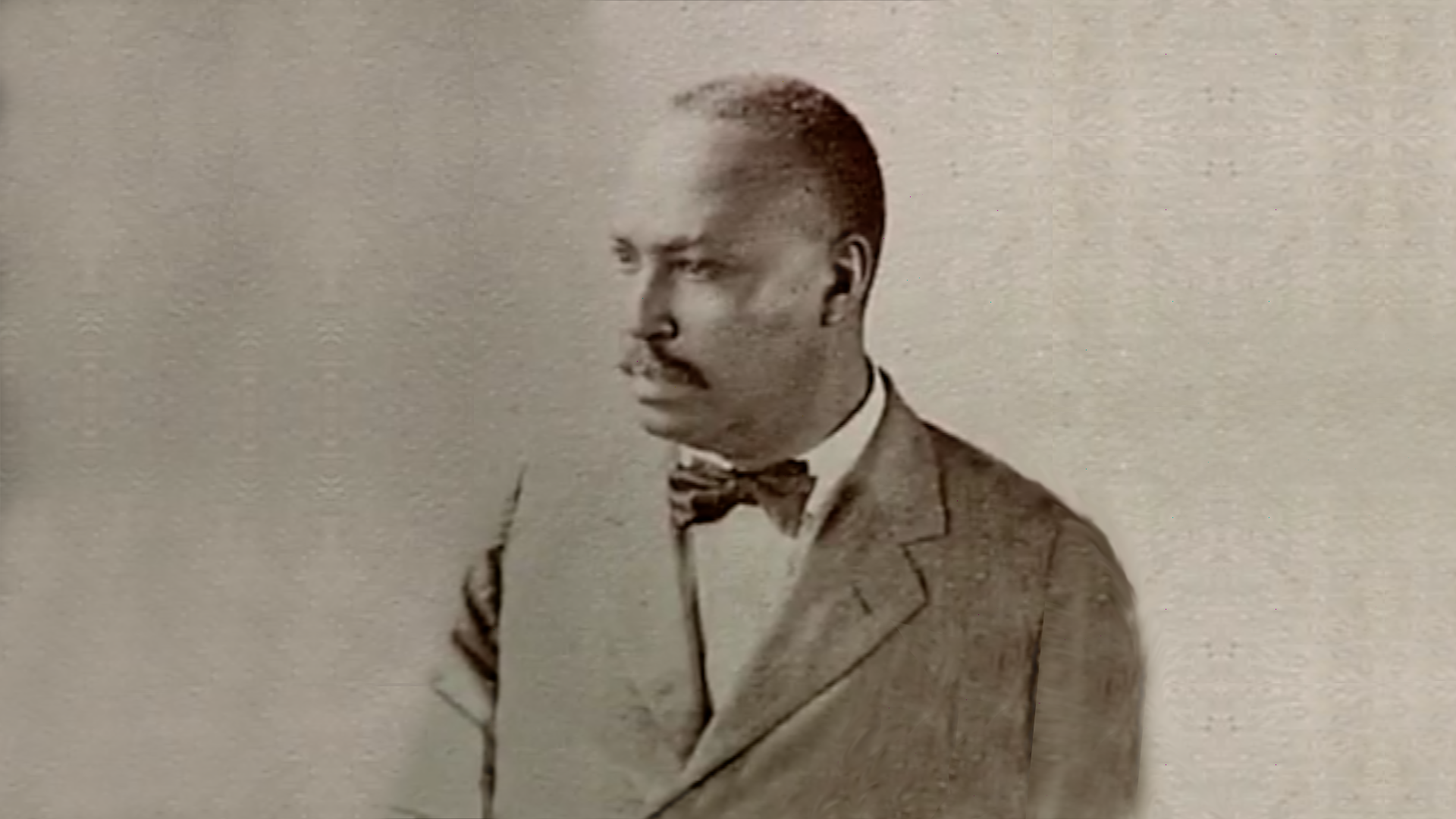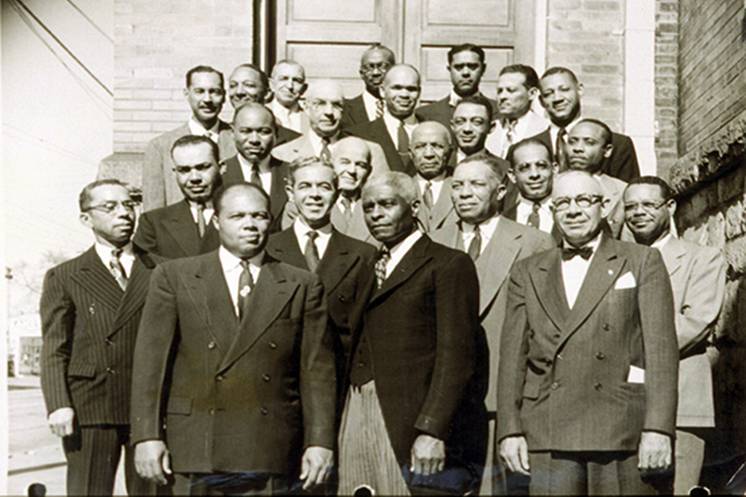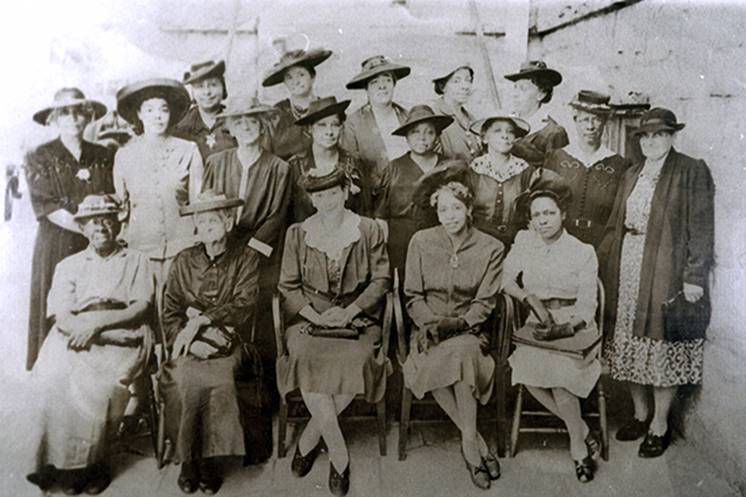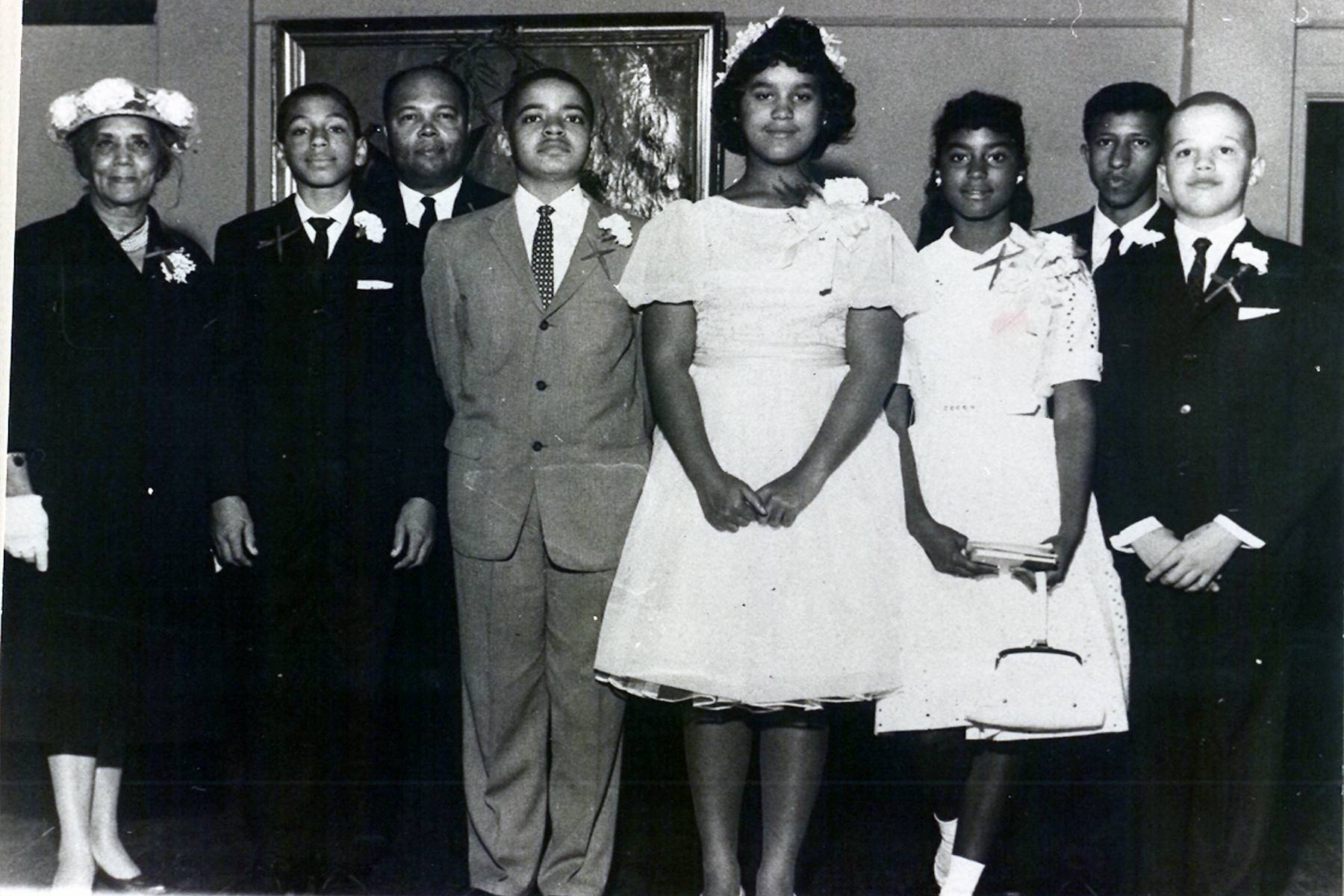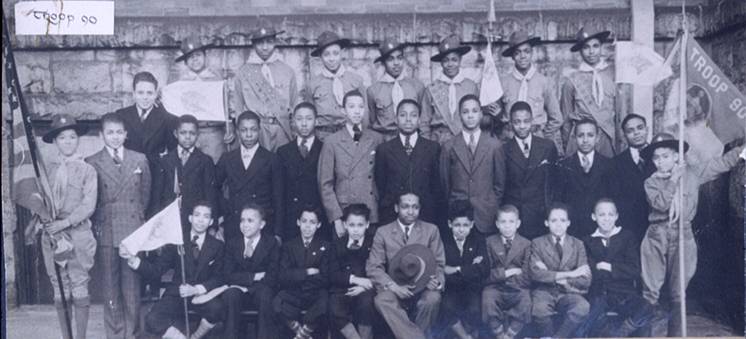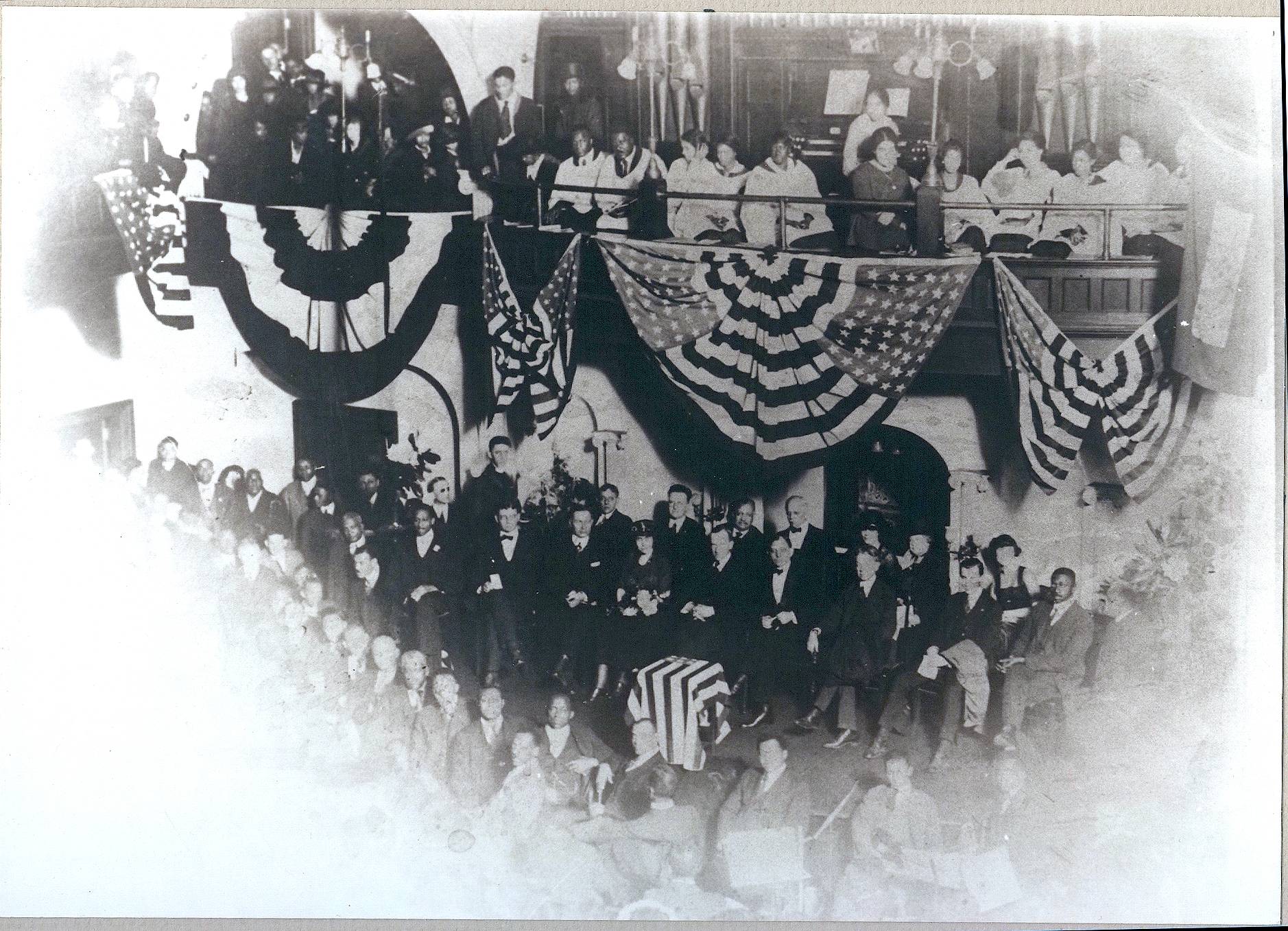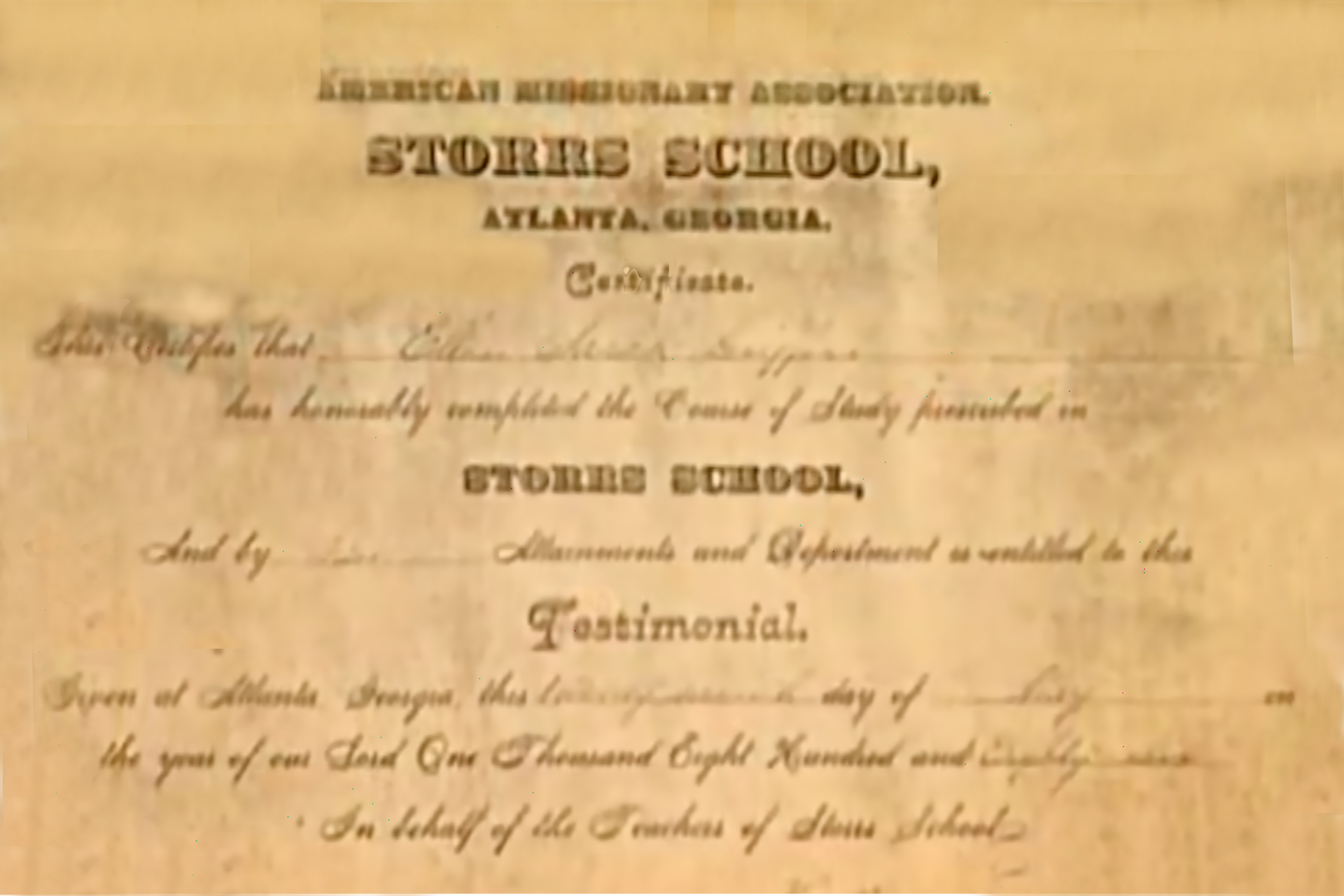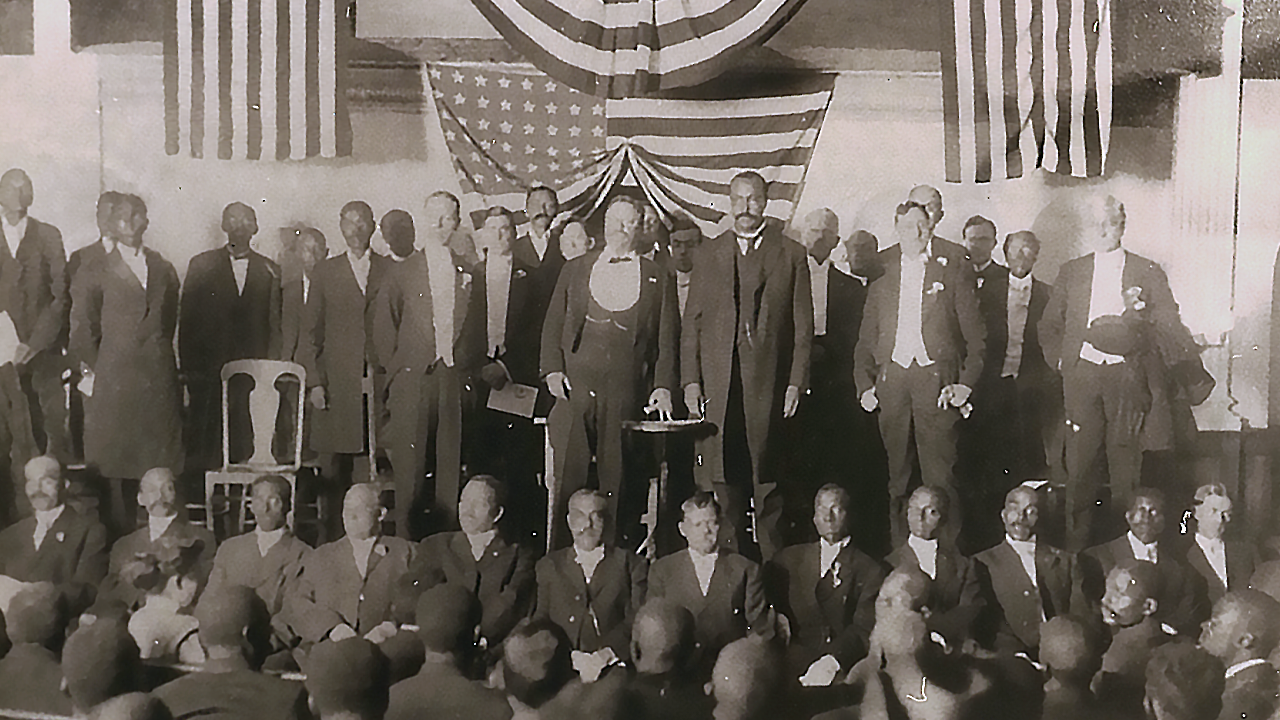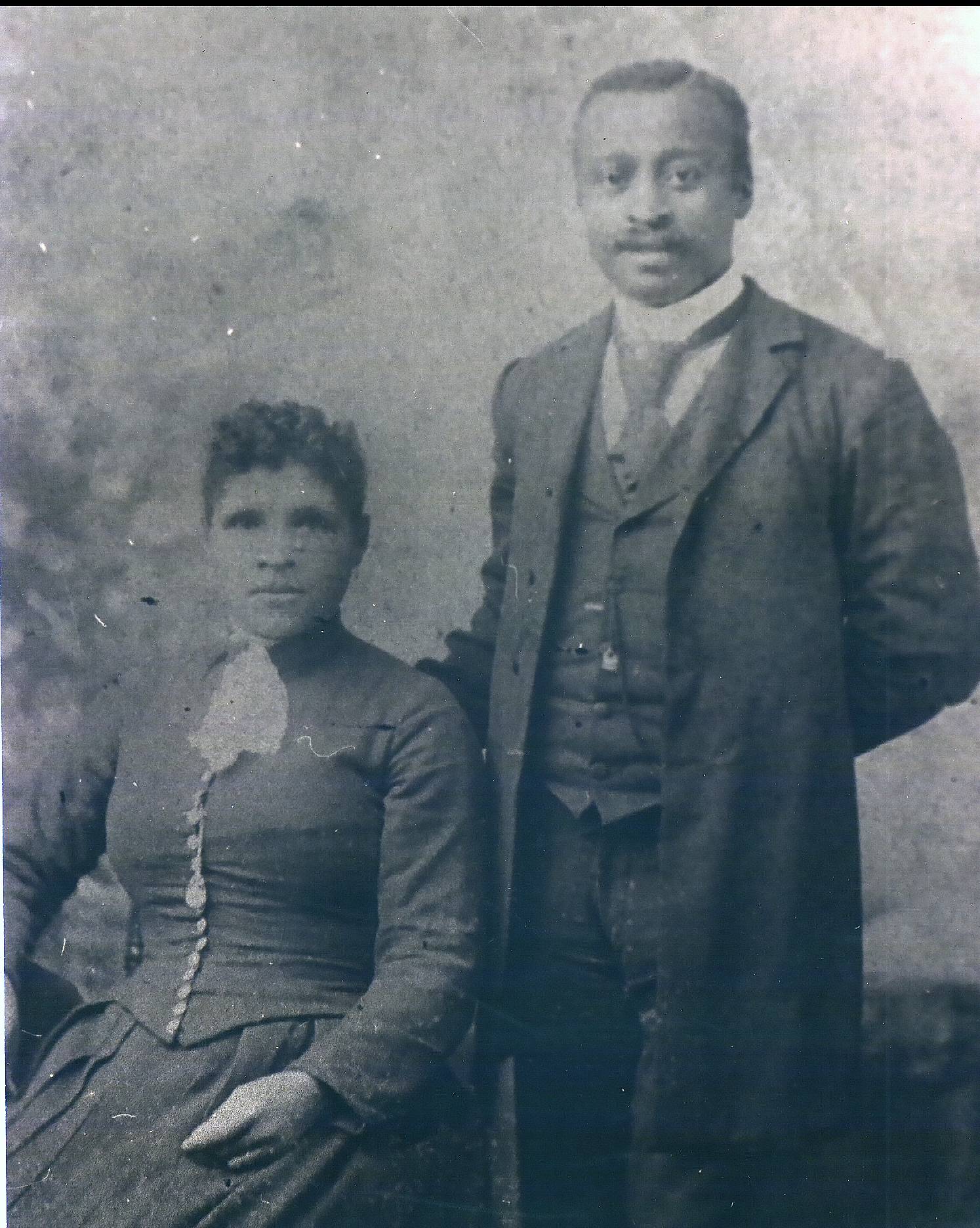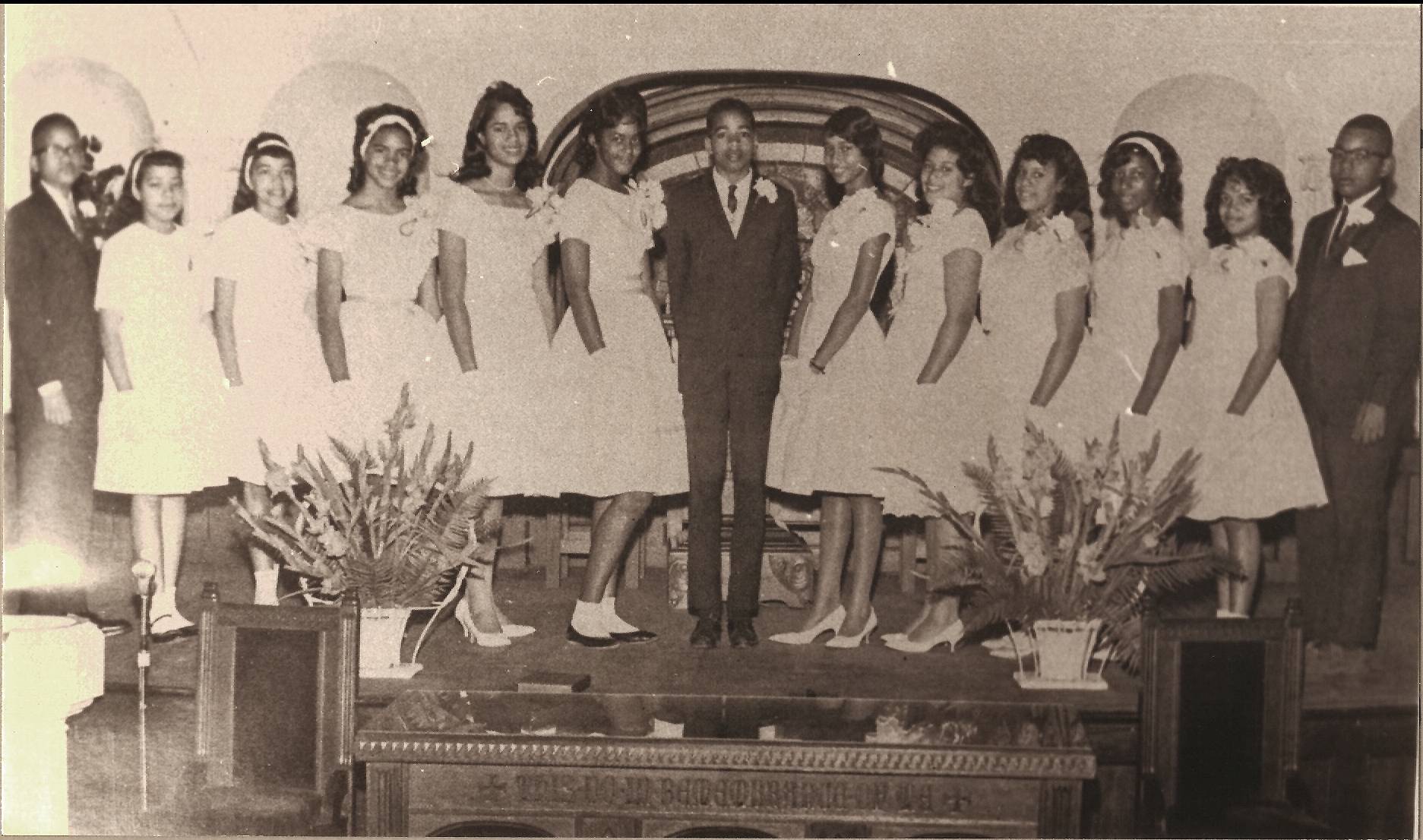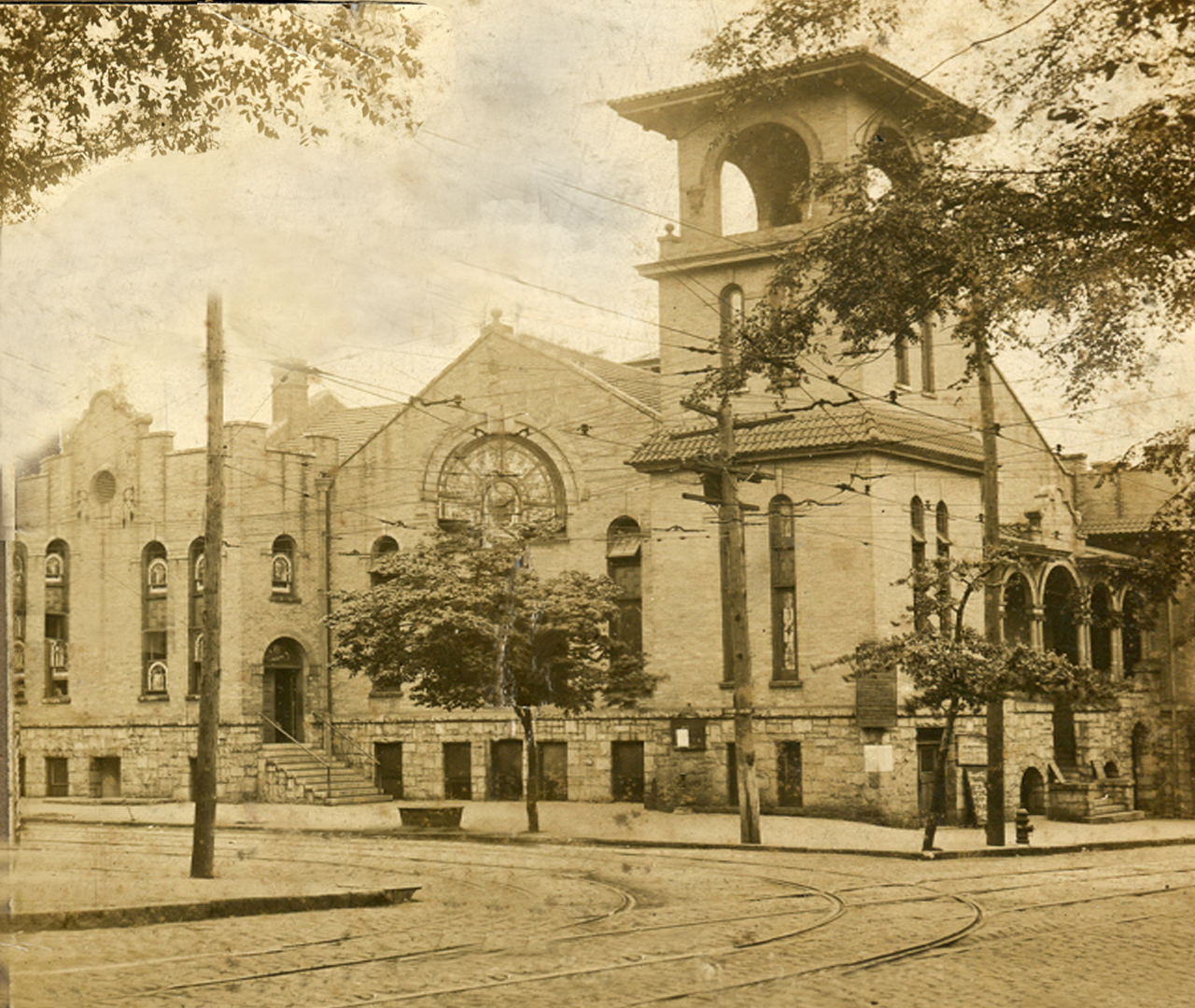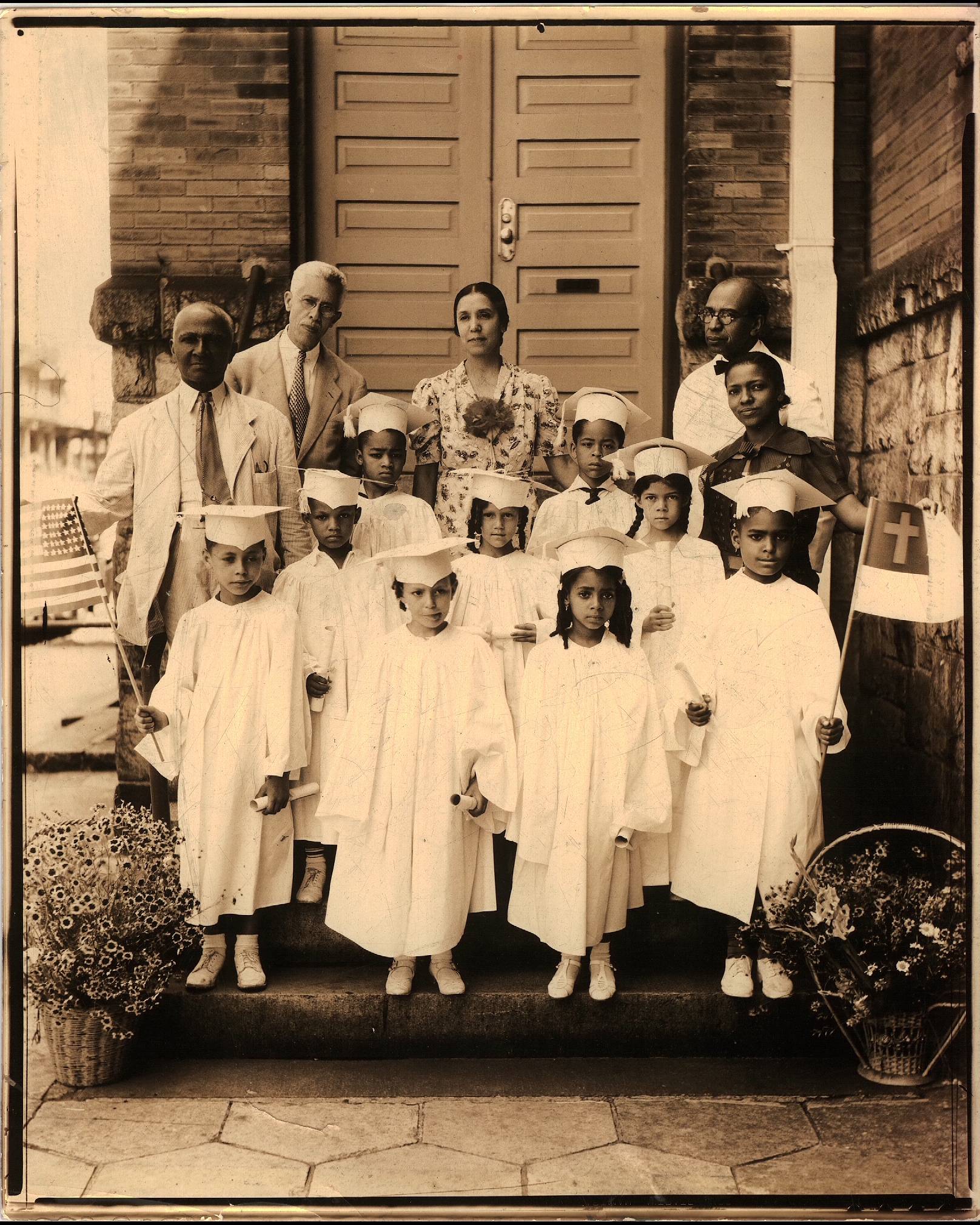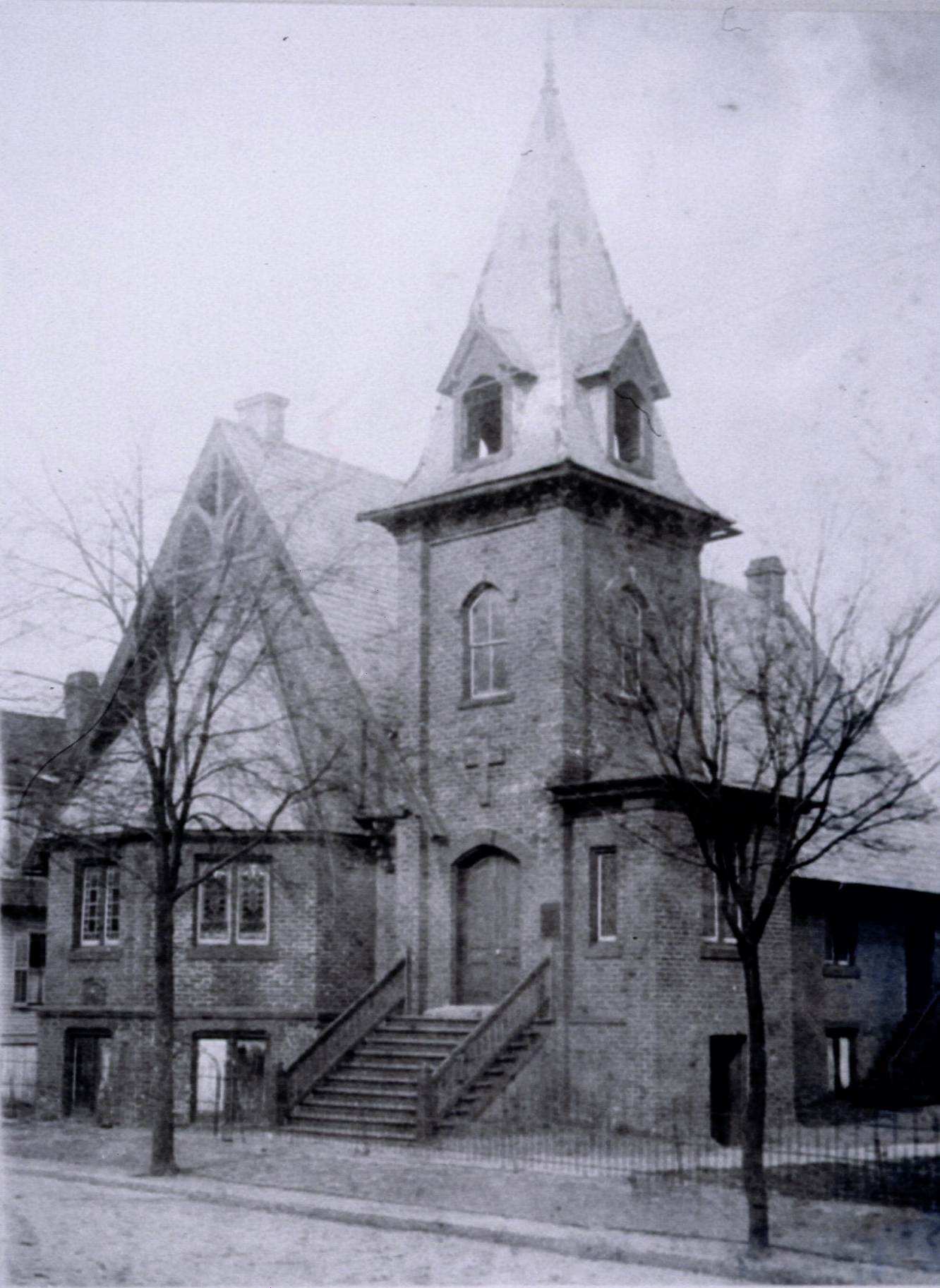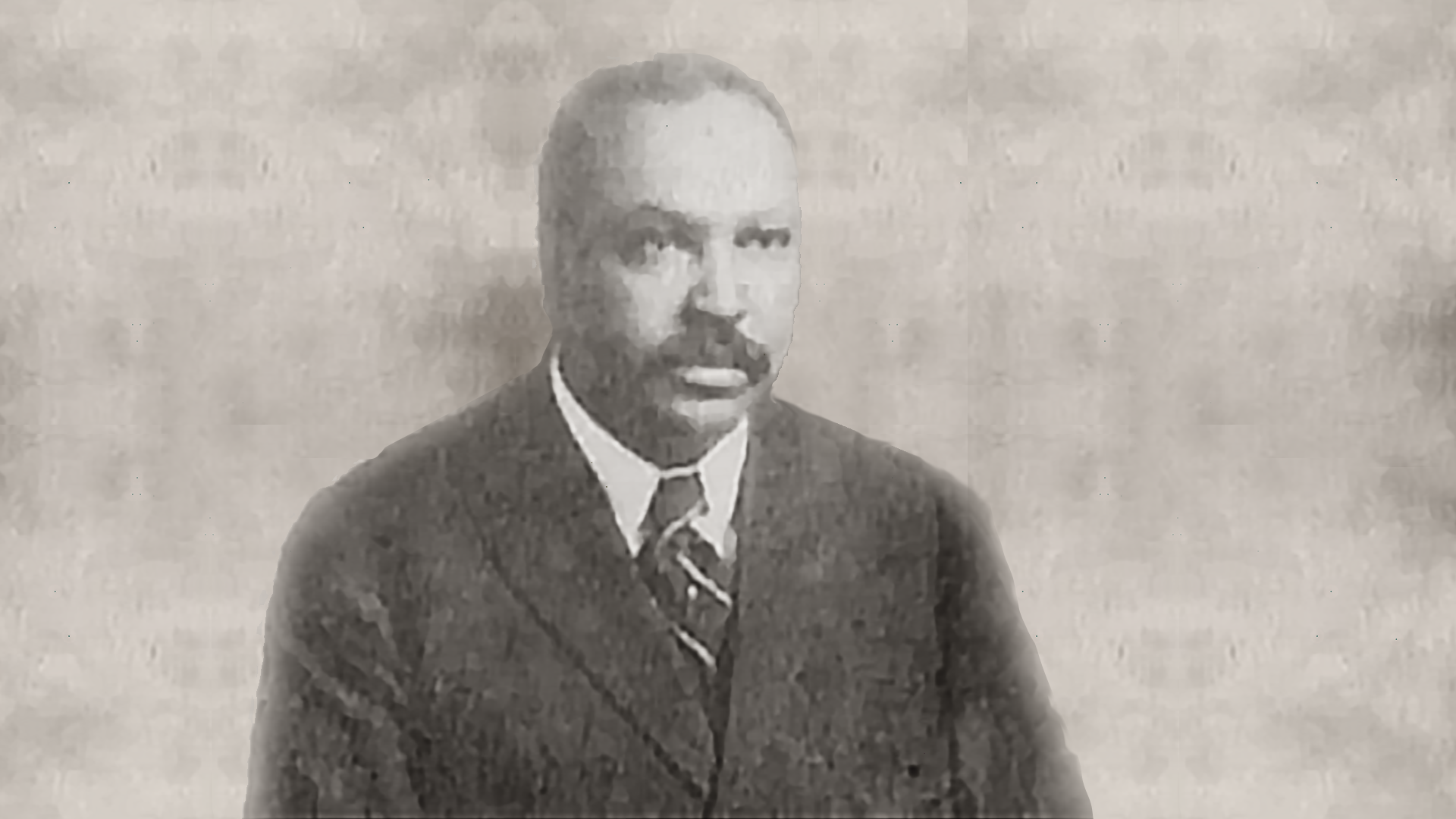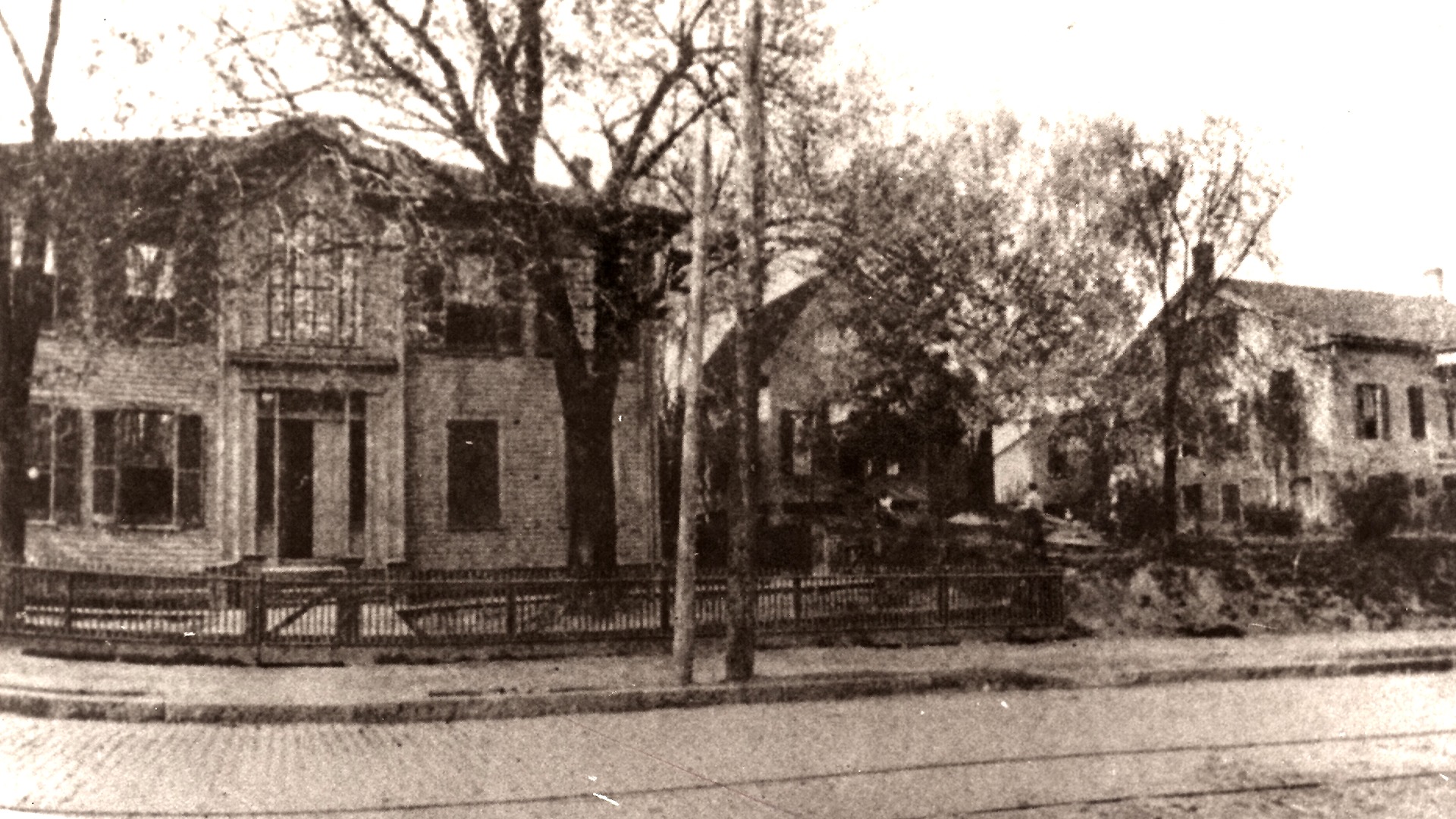Organizations such as the Atlanta Interracial Commission, formed in 1919; the National Medical Association, organized in 1894; and the city’s first black Boy Scout troop were all created in First Congregational Church. Additionally, the church maintained a 1,000 seat auditorium and a basement that housed Sunday school facilities, a library and a reading room, and a kitchen.
The Herndon family of Atlanta provided crucial support for First Congregational throughout most of the 20th Century. Alonzo F. Herndon, the founder of Atlanta Life Insurance Company, and the city’s first African American millionaire, began that tradition of support which was followed by his son, Norris B. Herndon who succeeded him as President in 1927. After the death of Norris Herndon in 1977, the support continued through the generosity of the Herndon Foundation.
